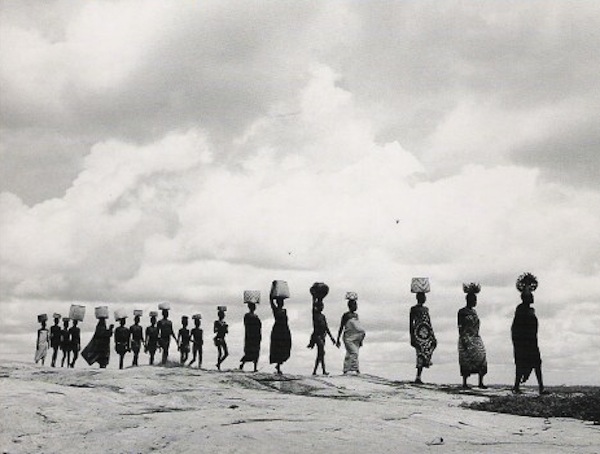-
“Virtually everything that sparkled in the golden age of Greece was borrowed from the Egyptians, and the Egyptians adopted their routines from the royal blacks of Nubia. We moderns overlook Nubia, we forgot how proud and fancy it was. Nubia played Professor Longhair and Big Mama Thornton to Egypt’s Elvis.” ~ Tom Robbins
NUBIAN CIVILIZATION predates Egypt’s by thousands of years, archeological evidence suggests. Nubia even ruled over Egypt during the 25th Dynasty, yet it is largely overlooked in the well-told narrative of ancient Egypt.

